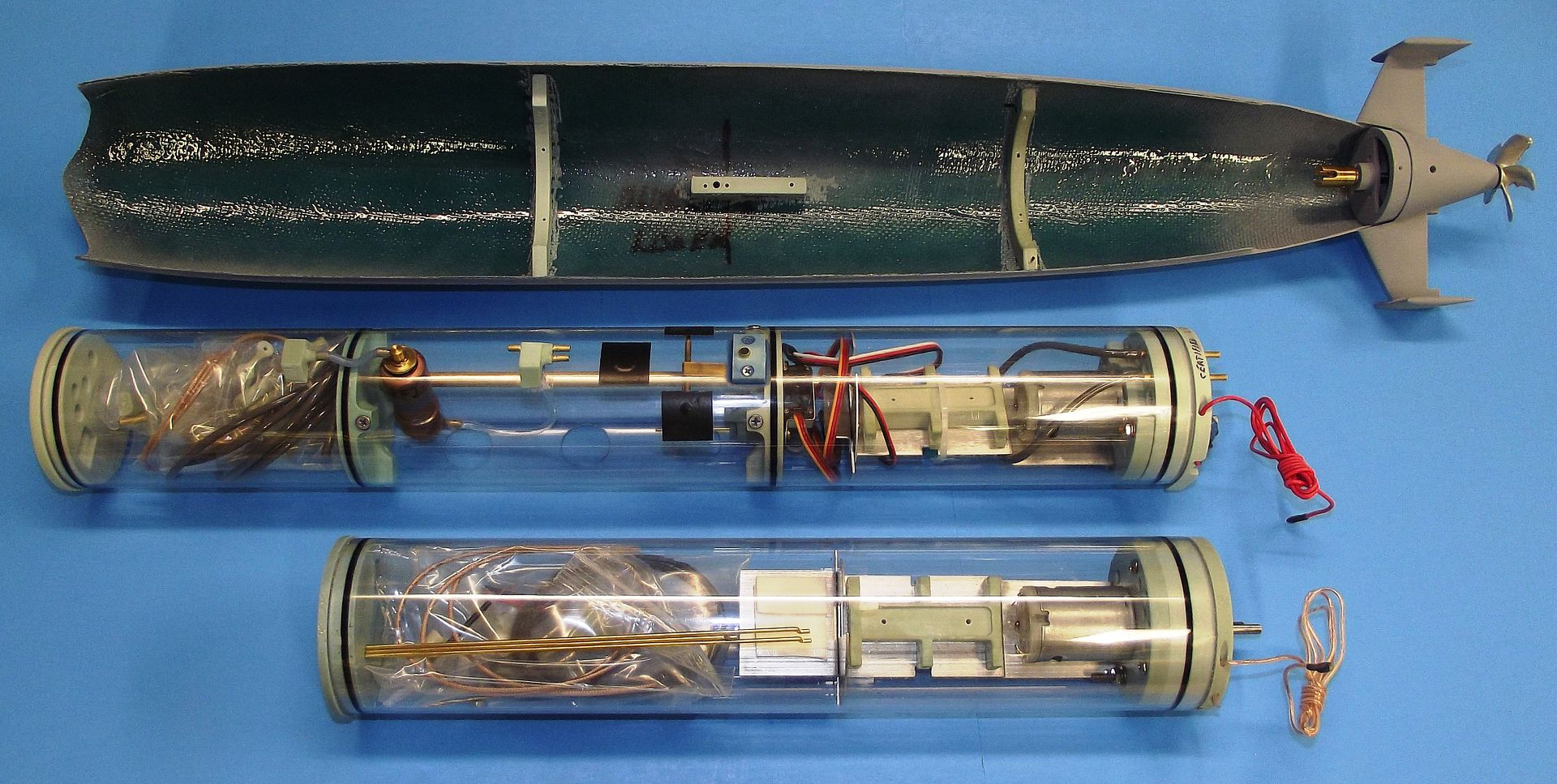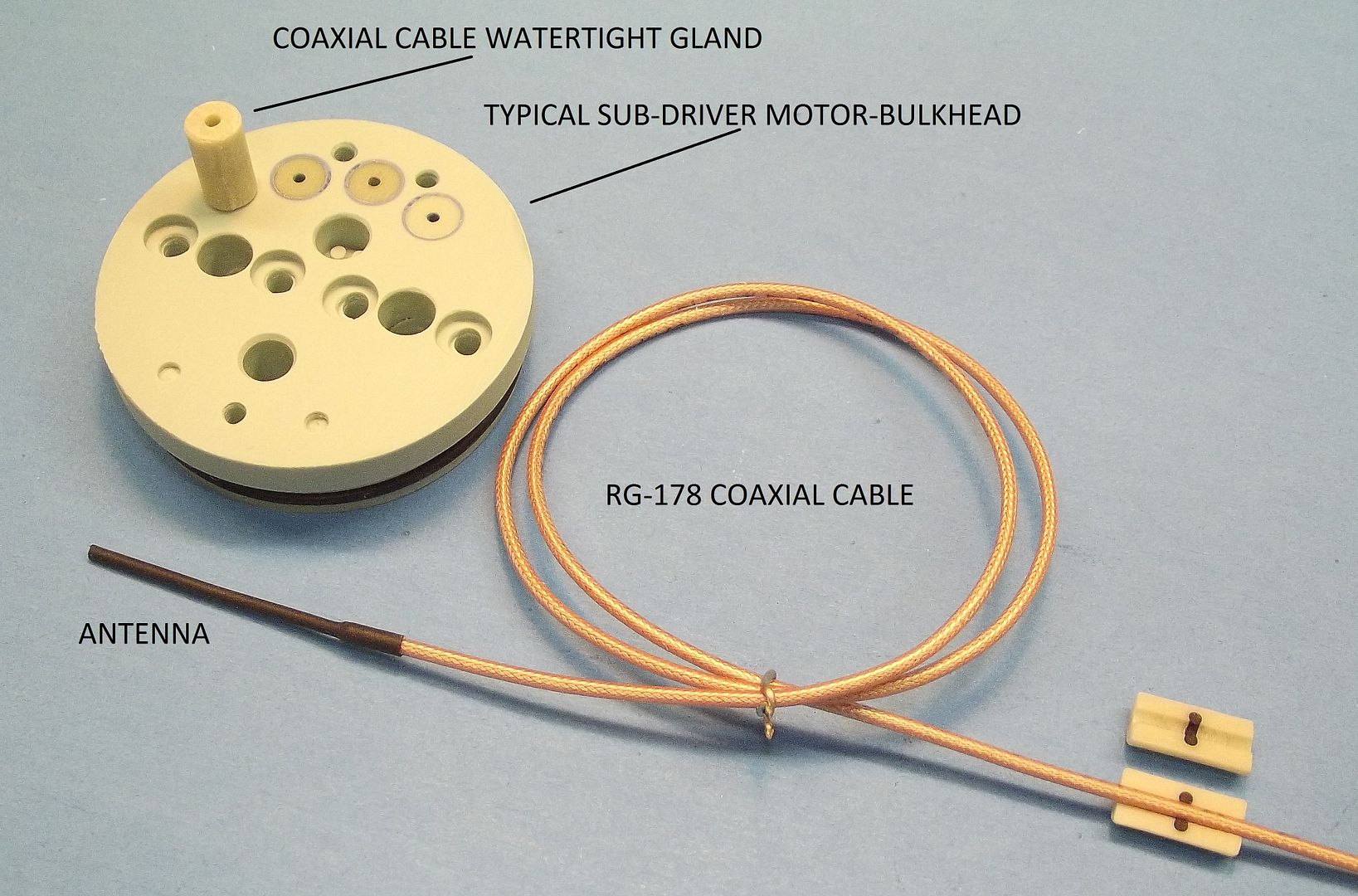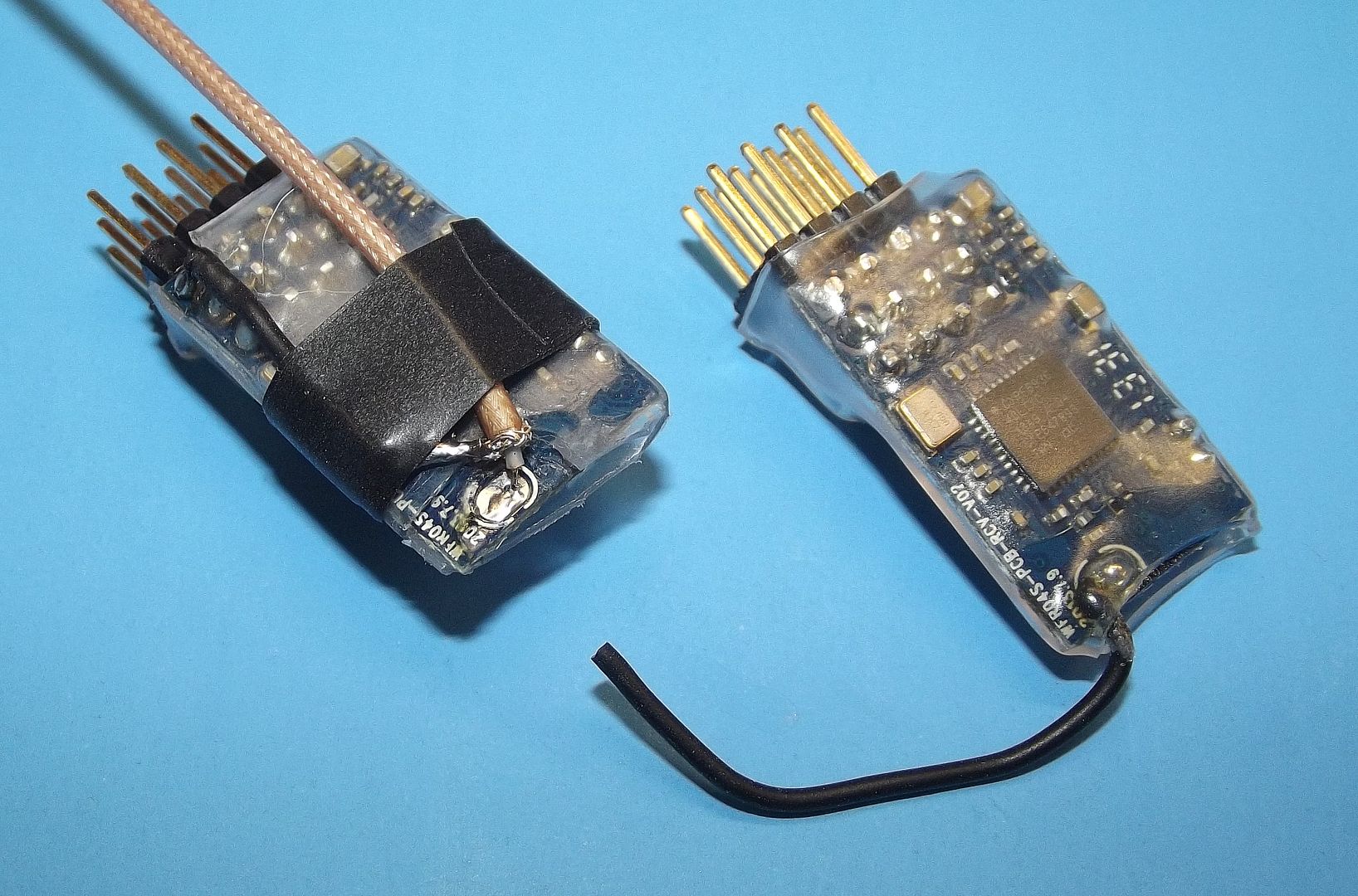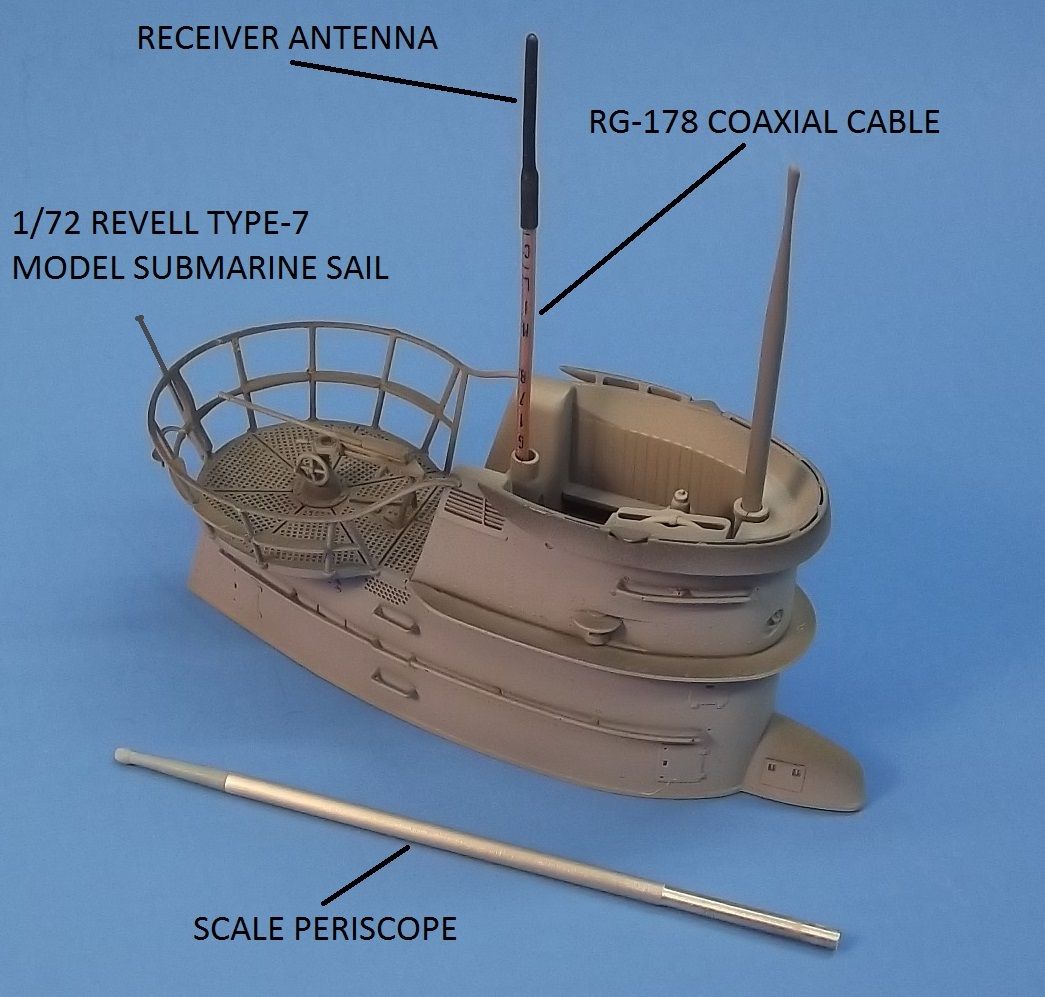Hi guys,
Very new to R/C subs. I come from R/C planes so I have lots of 2.4 ghz parts laying around. I found the Easy Sub-driver 2.5" for $69 dollars in the bargain bin here at Nautilus Drydocks. Bob sent me over some photos of what it looks like. I essentially want to be able to use my Spektrum DX5e and AR610 2.4 ghz receiver on my sub, so I don't plan to go deeper than periscope depth (never wanted to go deeper than that anyway).
I know what the Easy Sub-driver looks like, but has anyone used it? What do you think of it? I am looking at the Type VII and Type XXIII, along with some American nuclear submarines. Bob told me the Easy Sub-driver comes with seals, servos, motors, and speed controller. All I need is to plug in my AR610 receiver and connect the motor to the shaft and connect the rudders and dive planes. The product mentions there is no need for ballast or air bladder, so I'm not sure exactly how the sub will surface from periscope depth.
Anyone have any experience with this sub-driver? Let me know your thoughts.
http://www.rc-submarine.com/product-...4-b55887627645
Very new to R/C subs. I come from R/C planes so I have lots of 2.4 ghz parts laying around. I found the Easy Sub-driver 2.5" for $69 dollars in the bargain bin here at Nautilus Drydocks. Bob sent me over some photos of what it looks like. I essentially want to be able to use my Spektrum DX5e and AR610 2.4 ghz receiver on my sub, so I don't plan to go deeper than periscope depth (never wanted to go deeper than that anyway).
I know what the Easy Sub-driver looks like, but has anyone used it? What do you think of it? I am looking at the Type VII and Type XXIII, along with some American nuclear submarines. Bob told me the Easy Sub-driver comes with seals, servos, motors, and speed controller. All I need is to plug in my AR610 receiver and connect the motor to the shaft and connect the rudders and dive planes. The product mentions there is no need for ballast or air bladder, so I'm not sure exactly how the sub will surface from periscope depth.
Anyone have any experience with this sub-driver? Let me know your thoughts.
http://www.rc-submarine.com/product-...4-b55887627645









Comment